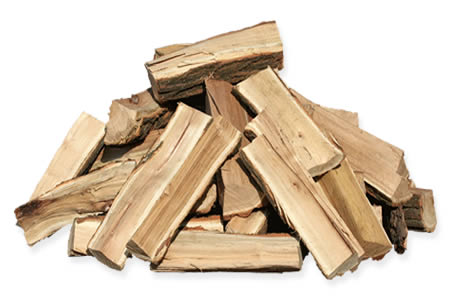As wood-burning stoves continue to become more popular across the UK there have been a number of misleading articles in the press regarding their pros and cons. There have even been insinuations that wood-burning stoves create dangerous gases above and beyond those created by traditional heating methods. We thought it worthwhile putting these issues to bed with regards to the environment, wood-burning stoves and the real situation.
Before we start
Before we start there is one thing to bear in mind, the use of a wood-burning stove takes in the quest for fuel, the actual burning and the emissions into the atmosphere. These are done before your very eyes whereas when looking at alternative fuel sources such as electric and gas the majority of the environmental damage is done prior to “receipt” of these fuels in your home. This is the element which we don’t see, which is often ignored and not taken into account when comparing and contrasting wood-burning stoves against other heating methods.

Reduced carbon emissions
There are a number of estimates regarding carbon emissions created when burning wood but we do know it is significantly less than that created by coal. In a worst-case scenario the burning of wood will only release the same level of carbon which the tree has gathered from the atmosphere during its lifetime. However, many experts believe that the carbon emissions are indeed significantly less than those gathered during the lifetime of a tree.
Did you know that burning wood and decomposing wood create the same level of carbon emissions? So, if you consider the amount of wood which is wasted each and every year, using this for your wood-burning stove does not add to the worldwide carbon emission problem. Indeed, it will save on emissions created fuelling electric power stations with the likes of coal, etc. So, those who are looking to reduce their own carbon footprint can do so with the use of wood-burning stoves and high quality wood fuel.
Renewable energy sources
Whenever you see governments around the world discussing renewable energy sources the first thing which springs to mind are trees. The likelihood is that each tree cut down to create fuel for a wood-burning stove will be replaced by a new tree, which will then be cut down and replaced, you get the picture. So in effect, in a worst-case scenario, each tree that is chopped down and burnt is carbon neutral therefore the continued use of wood as fuel for your stove is extremely good for the environment.

Over the years governments have introduced an array of tax incentives for those looking to create supply chains for wood fuel and other similar environmentally friendly materials. There are also financial incentives if you are considering using your wood-burning stove as a boiler thereby supplying your hot water requirements. The wood-burning stove boiler system is another element of this flourishing industry which is often ignored and receives far less publicity than it deserves.
Conclusion
Over the years we have seen an array of misleading articles regarding wood-burning stoves, gases produced, emissions, etc. We have covered the issue of using wood fuel and the benefits to the environment. It is also worth mentioning that much of the carbon emissions created when burning wood in a wood-burning stove is actually burnt off before the remanence are released into the atmosphere. So, not only is the wood fuel carbon neutral but even the emissions which are created are partially burnt off – due to technological developments in the wood-burning stove industry.
Stove powered heating with new technology is surely a match made in heaven for the environment?

